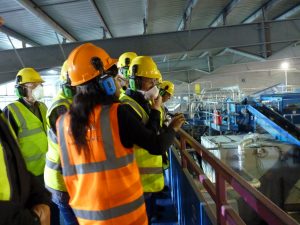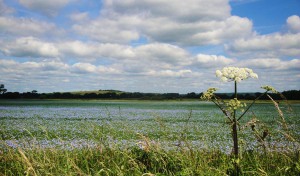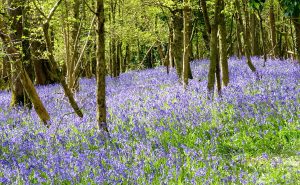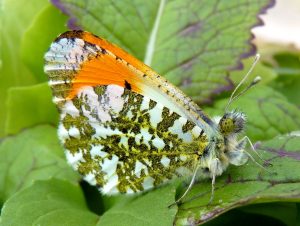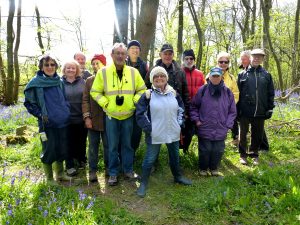As was announced at the June members meeting, we are planning to produce a number of postcards of local views of Ferring with a view to selling them via local outlets and at meetings, events etc. to raise funds for the group.
We are inviting members to submit their own photos of suitable scenes which we might use for the cards. If you would like to submit a photo or photos for consideration, then please produce an enprint (we suggest a 6″ by 4″ print) and hand them in at one of our upcoming meetings. Alternatively, you can drop them off to one of our committee members addresses – details are on the Group contacts page on this website. Please put your name, address and phone number on the back of each photo. The closing date for this is 28 October, after which the committee will consider the entries. There is no prize for this competition, but the winners will of course be credited on the cards, and the winners images will be seen around the village, and of course far and wide wherever the cards are sent!


